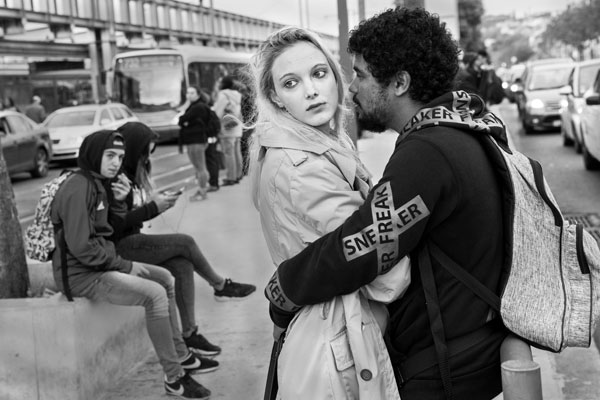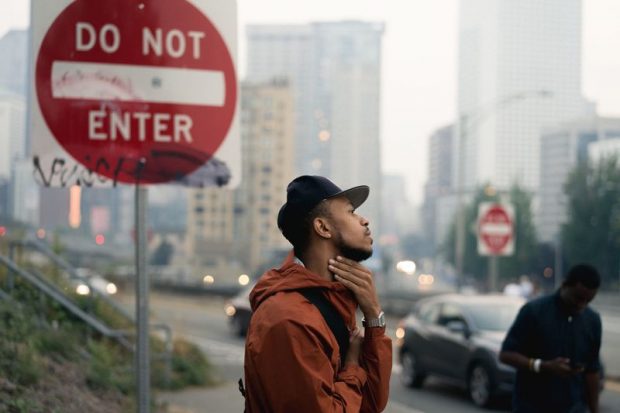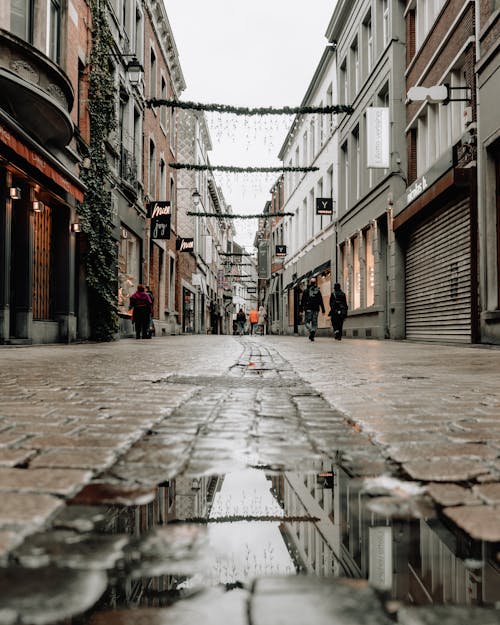Some Ideas on Framing Streets You Need To Know
Table of ContentsA Biased View of Framing StreetsSee This Report on Framing StreetsThe Only Guide for Framing StreetsThe Ultimate Guide To Framing Streets10 Easy Facts About Framing Streets Shown10 Simple Techniques For Framing Streets
, typically with the aim of recording images at a crucial or touching minute by cautious framing and timing. https://www.openlearning.com/u/davidturley-s71apy/.
The Facts About Framing Streets Revealed
Susan Sontag, 1977 Road digital photography can concentrate on individuals and their behavior in public. In this respect, the street photographer resembles social docudrama professional photographers or photographers who also operate in public areas, but with the objective of recording newsworthy events. Any of these digital photographers' photos might catch individuals and building visible within or from public locations, which often involves browsing honest issues and legislations of privacy, protection, and residential or commercial property.
Depictions of day-to-day public life create a category in nearly every period of world art, beginning in the pre-historic, Sumerian, Egyptian and early Buddhist art periods. Art taking care of the life of the road, whether within sights of cityscapes, or as the dominant concept, shows up in the West in the canon of the Northern Renaissance, Baroque, Rococo, of Romanticism, Realistic look, Impressionism and Post-Impressionism.
More About Framing Streets
Louis Daguerre: "Boulevard du Holy place" (1838 or 1839) In 1838 or 1839 the first photograph of numbers in the road was videotaped by Louis-Jacques-Mand Daguerre in among a set of daguerreotype views extracted from his studio home window of the Boulevard du Temple in Paris. The 2nd, made at the height of the day, reveals an unpopulated stretch of street, while the various other was taken at regarding 8:00 am, and as Beaumont Newhall records, "The Boulevard, so constantly loaded with a relocating throng of pedestrians and carriages was perfectly singular, other than an individual who was having his boots combed.
His boots and legs were well defined, however he is without body or head, due to the fact that these were in activity." Charles Ngre, waterseller Charles Ngre. https://www.huntingnet.com/forum/members/framingstreets1.html was the initial professional photographer to acquire the technical refinement required to register individuals in activity on the road in Paris in 1851. Photographer John Thomson, a Scotsman dealing with reporter and social activist Adolphe Smith, published Street Life in London in twelve regular monthly installations beginning in February 1877
Framing Streets Fundamentals Explained
Eugene Atget is considered as a progenitor, not since he was the very first of his kind, yet as an outcome of the popularisation in the late 1920s of his document of Parisian roads by Berenice Abbott, that was influenced to embark on a comparable paperwork of New York City. [] As the city developed, Atget helped to promote Parisian roads as a worthy topic for digital photography.

What Does Framing Streets Do?
Between 1946 and 1957 Le Groupe des XV every year exhibited work of this kind. Andre Kertesz. Circus, Budapest, 19 May 1920 Road digital photography formed the major web content of two exhibits at the Gallery of Modern Art (Mo, MA) in New york city curated by Edward Steichen, 5 French Digital Photographers: Brassai; Cartier-Bresson, Doisneau, Ronis, Izis in 1951 to 1952, and Post-war European Digital Photography in 1953, which exported the principle of road digital photography internationally.

The smart Trick of Framing Streets That Nobody is Talking About
The recording device was 'a hidden electronic camera', a 35 mm Contax hidden beneath his coat, that was 'strapped to the breast and linked to a long cord strung down the best look at these guys sleeve'. However, his job had little contemporary impact as as a result of Evans' level of sensitivities about the originality of his job and the personal privacy of his subjects, it was not released until 1966, in guide Several Are Called, with an intro written by James Agee in 1940.
Helen Levitt, after that a teacher of young kids, associated with Evans in 193839. She documented the temporal chalk illustrations - Street photography that were part of kids's road culture in New york city at the time, along with the children who made them. In July 1939, Mo, MA's brand-new photography area consisted of Levitt's work in its inaugural exhibitionRobert Frank's 1958 book,, was considerable; raw and frequently out of focus, Frank's pictures questioned traditional digital photography of the moment, "tested all the official rules laid down by Henri Cartier-Bresson and Walker Evans" and "flew in the face of the wholesome pictorialism and sincere photojournalism of American magazines like LIFE and Time".